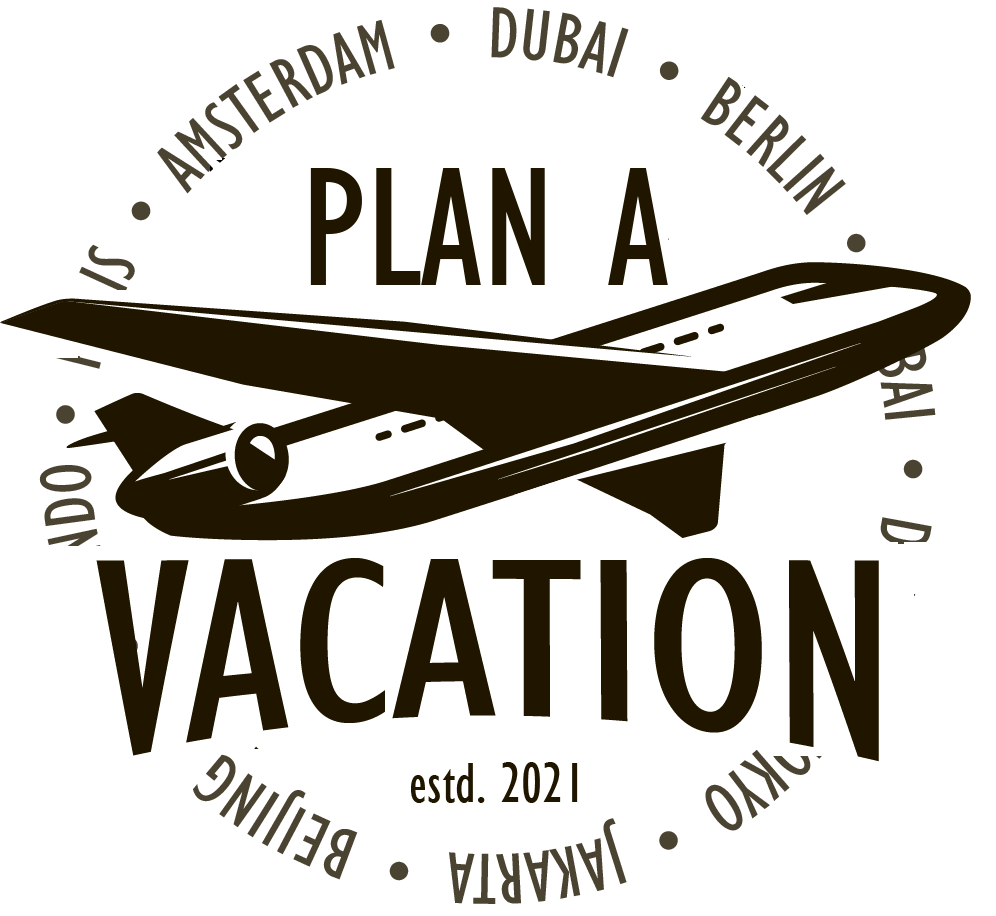Rongelap

Rongelap, which has 61 islands, is part of the Marshall Islands. Rongelap covers an area of a little less than 10 square miles. Its interior includes a large lagoon that has an area of about 1,000 miles. The Marshall Islands were used extensively as an atomic bomb testing site during World War II, and Rongelap was one of the islands closest to the detonation of the US hydrogen bomb tests carried out in the mid-1950s. Because of its nuclear exposure, Rongelap has lesser volumes of plant and animal life. It also has a displaced human population as a result of the tests, and only about 20 out of the original 300 people or more who once inhabited the atoll still remain.
Brief History
Rongelap, like many atolls in the Marshall Islands, has been occupied by humans for about 1,000 years. The first European habitation of the Rongelap dates back to about 1528, when Spanish navigators created written documentation of landing on the atoll's islands. Rongelap, along with the atolls of Ailinginae, Utirik, and Toke, were collectively called the “Three Wise Kings.” In 1884, Rongelap was taken over by the German government. Following World War I, Rongelap, like the rest of the Marshall Islands, became a territory of Japan. The United States acquired the atoll after World War II, at which time it became a Trust Territory. As with the rest of the Marshall Islands, Rongelap gained independence from foreign rule in the late 1970s.
This atoll, like many of the outlying atolls in the Marshall Islands, is still recovering from the effects of nuclear testing. Efforts to restore optimal health to the human population and wildlife has been led by Greenpeace, which helped relocate affected Marshall Islands populations in the mid-1980s. Relocation and clean-up efforts have been aided by monetary assistance from the United States government.
Environment
Today, the main focus for the atoll is restoring its islands to health. Tourism is increasingly popular in the Marshall Islands, and it has been a source of revenue for many neighboring atolls. Therefore, there is an emphasis on Rongelap to provide a safe environment for people to explore the area's natural wonders. Radiation levels were deemed safe in 2014, which gives the government an encouraging start towards developing the atoll as a tourist attraction. Elsewhere in the Marshall Islands, hundreds of species of fish, sea turtles, and spectacular coral reefs have been inspiring snorkeling, scuba diving, and other aquatic adventures.
